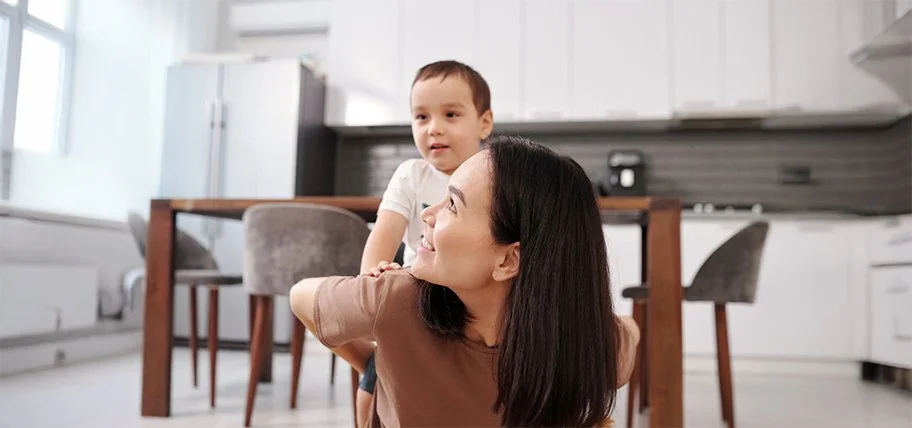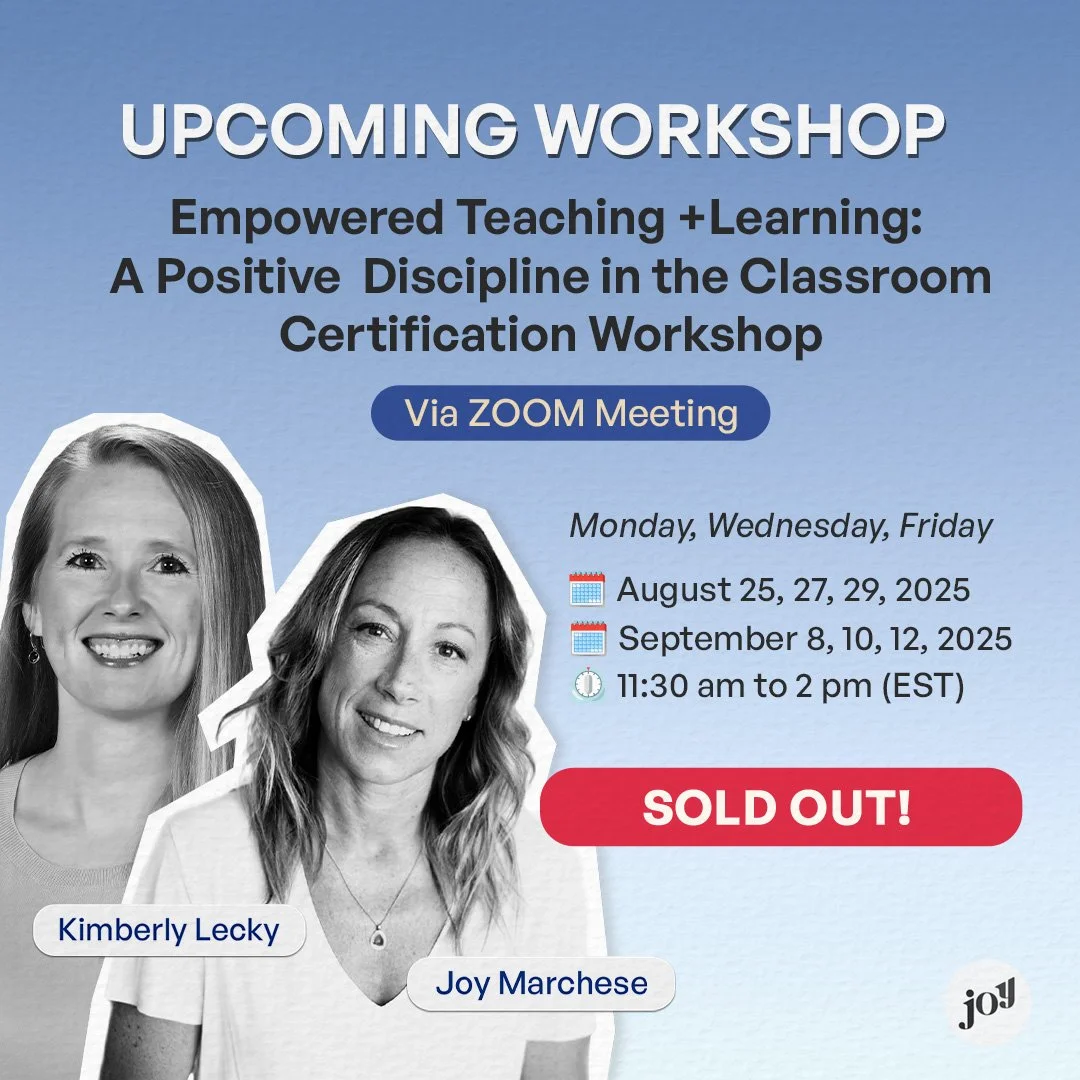No One Learns While Scared
“Young kids can feel big emotions or think with logic and reason. But they can’t do both at the same time. Connect first. Then reason.”
— @loveandletgrow
What do a student crying under their desk, a toddler screaming over the wrong cup, and a teenager slamming their bedroom door all have in common?
Answer: Their brains are in survival mode.
And here’s the kicker—if you try to reason with them in that moment, you’ll probably feel like you’re talking to a wall. (Because, well… you kind of are.)
When the brain senses emotional threat—frustration, shame, embarrassment, fear—it activates the primitive brain, and the logical part (aka the one that understands consequences and remembers everything you just said) temporarily shuts down.
This isn’t misbehavior. It’s neuroscience.
And it’s why Social and Emotional Learning (SEL) can’t just be a nice idea. It has to be the foundation.
The Brain Doesn’t Learn When It’s in Survival Mode
Let’s keep it simple. The brain has three main parts involved here:
The thinking brain (prefrontal cortex) — makes decisions, solves problems, learns new info
The emotional brain (limbic system) — processes feelings, drives social behavior
The survival brain (brainstem) — reacts quickly to danger, stress, or perceived threat
When a child is dysregulated—angry, anxious, overwhelmed—they’re not choosing to ignore you. Their brain is choosing survival. And in that state, learning is biologically impossible.
So What Does SEL Actually Do?
It creates the emotional conditions the brain needs in order to:
Feel safe
Stay regulated
Engage in thinking and learning
In Positive Discipline, we say:
“Where did we ever get the crazy idea that in order to make children do better, we must first make them feel worse?” Dr. Jane Nelsen
The truth is—kids do better when they feel better. Not indulged. Not rescued. But emotionally safe and connected.
Quick Tips you can use at home or in the classroom to keep learning possible even in tough moments:
1. Start With Safety, Not Strategy
When a child is dysregulated, your calm presence is more powerful than any plan or lecture.
✅ Try this: “You don’t have to talk yet. I’m here when you’re ready.”
This tells the brain: It’s safe to come back online.
2. Co-Regulation Before Correction
Before asking a child to reflect, apologize, or fix their behavior—help them regulate. Co-regulation is the bridge to self-regulation.
✅ Try this: “Let’s take three deep breaths together first.”
You can’t expect them to develop a skill they haven’t seen or practiced.
3. Use Routines to Reduce Brain Stress
Predictability makes the brain feel safe. Simple routines reduce mental load and emotional chaos.
✅ Try this: “We always start with a check-in after lunch. How’s everyone feeling?”
Emotionally consistent environments keep brains open to learning.
4. Name Emotions to Tame Emotions
Labeling feelings activates the thinking brain—and helps kids make sense of their inner world.
✅ Try this: “That sounds like disappointment. Want to talk about it or take a break?”
This helps them build emotional vocabulary and pause instead of explode.
5. Repair, Don’t Retaliate
After a meltdown or mistake, the brain needs connection and clarity—not shame.
✅ Try this: “Let’s talk about what happened and figure out how to do it differently next time.”
This reinforces that mistakes are opportunities to learn, not reasons to feel less worthy.
Brains don’t learn under pressure. Kids don’t grow when they feel unsafe. And we don’t need to wait for calm to teach calm. Every moment is a chance to either spark fear or foster trust. Let’s choose trust—again and again.
The more we understand how the brain works, the more compassionate we become with our students, with our children, and with ourselves.
The more SEL is rooted in science, not just sentiment—the more powerful and practical it becomes.
And, if all else fails, take the moment you need to regulate yourself. If pausing, stepping away, or taking a few deep breathes is all you can do in the moment, know that you are doing A LOT though modelling self-management.
UPDATE: Our August & September Online Certification Workshop is now full. JOIN THE WAITLIST NOW to get notified when the workshop is available again.
Thank you for the incredible response!
If you missed a spot, we’d love to bring the Positive Discipline in the Classroom training directly to your school or organization.
From leadership teams to full faculty, we offer customized workshops that equip educators to integrate SEL and Educational Neuroscience seamlessly into everyday teaching.
💡 Let’s partner to build stronger, more connected school communities—together.




